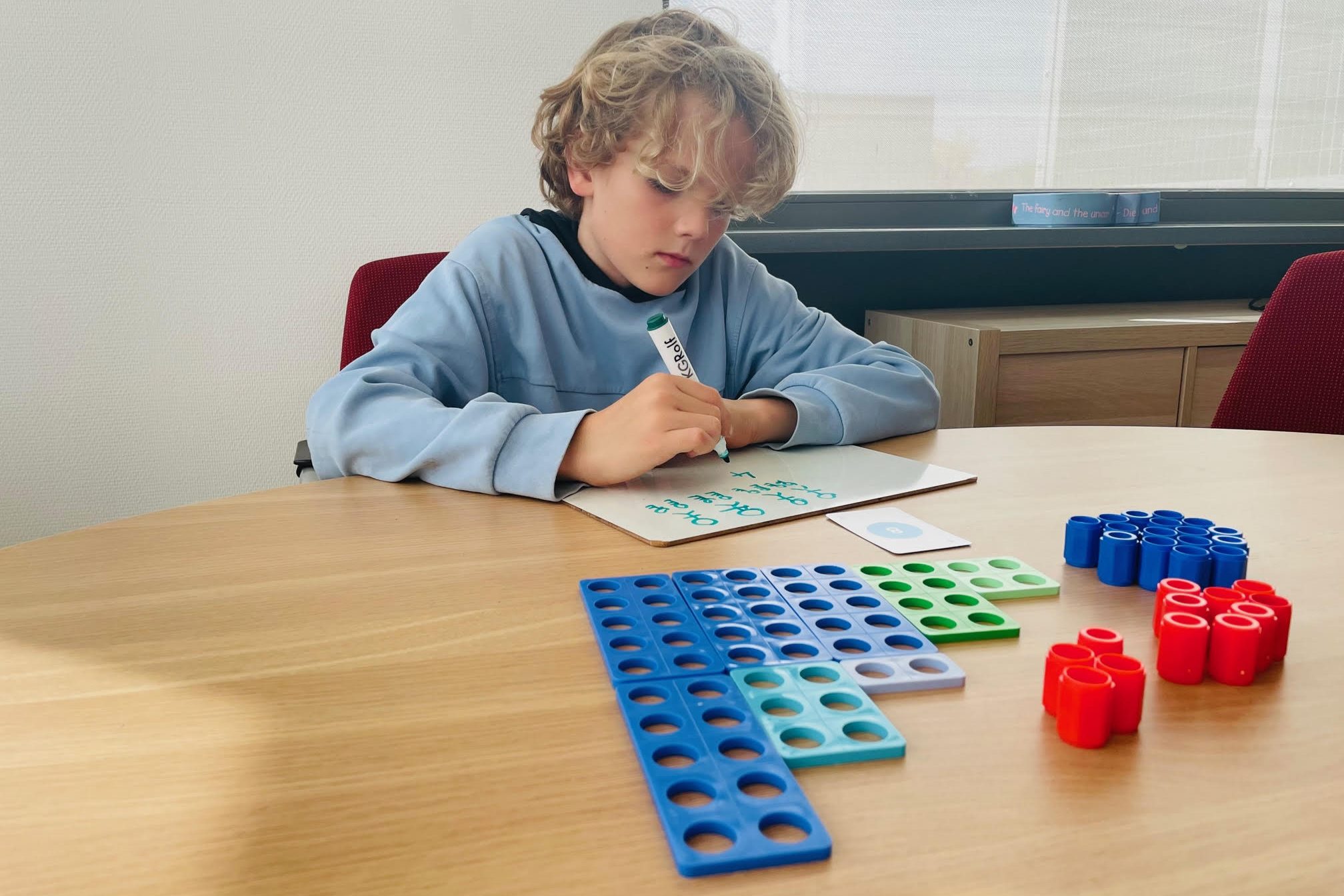
How to ‘SMASH’ your times tables
Times Tables, put these two words together and gasps of horror are sure to arise! Followed by tales from yesteryear eagerly detailing how Mrs. Smith drilled the time tables with such rigor you still shiver in fear when your child asks what 7x8 is. (Pro Tip: Remember the sequence 5678 for 7x8=56).
Angelique Podstavnychy – Maths Specialist and Group 7 Teacher
In recent years much debate over the learning of times tables has taken place with arguments that “old approaches” rely too heavily on rote memorisation and mindless recall that lacks in engagement. Based on my experience and observation this idea of “old approaches” is detrimental as children are more disconnected from mathematical fundamentals than ever before.
The fundamentals of Maths do not change over time. 1+1=2 was true in times past and will hold true till the end of time. By not exposing children to practices from earlier generations a disservice to the concept of mathematical fluency arises. In my experience it is possible for children to memorise the multiplication facts and understand what multiplication means. Memorisation isn’t the issue here, failing to bring meaning to the concept of multiplication is the issue. Repetition does not need to equal mindless recall in my opinion and good teaching is essential in ensuring this is monitored and prevented.
Seven Myths about Education
As Daisy Christodoulou, author of Seven Myths about Education, further explains: “Facts are not opposed to understanding; they enable understanding. This is because of the way that our minds work. Our long-term memories are capable of storing a great deal of information whereas our working memories are limited. Therefore, it is very important that we do commit facts to long-term memory, as this allows us to ‘cheat’ the limitations of working memory. The facts we’ve committed to memory help us to understand the world and to solve problems.”
In my classroom I have observed that children who do not focus time or effort into memorising their ‘times tables’ never learn them properly. They are often slow at multiplying, and even slower at dividing. They encounter further road blocks when simplifying fractions, finding least common multiples or highest common factors. Consequently, they struggle with secondary school algebra, involving expanding/factorising algebraic expressions and working with algebraic fractions. This is no surprise as research led by Carnegie Mellon University’s Robert Siegler has shown that” knowledge of fractions and division is a strong predictor of success in high school mathematics.” Times tables are in fact essential building blocks of Maths and without mastering them many other areas of Maths cannot be unlocked.

The CPA Approach
When teaching Maths, I am a firm believer in the CPA approach (Concrete-Pictorial-Abstract). This approach allows for children to better create long term memory, based on the manipulation of physical resources and the constructing of images before or alongside the abstract. I have seen first-hand how successful it can be when children have the opportunity to work in this way.
By utilising the CPA approach, before the memorisation of the times table, I believe I am providing children with the conceptual understanding that I never had as a child through my experience of rote learning the times tables – entirely digits and symbols based, with little or no visual imagery.
In his book, ‘How to Teach Primary Maths’, Nick Tiley-Nunn recommends that when teaching or learning times tables it’s a good idea to SMASH them to pieces. By this he means:
- Short and sweet – spend approximately 5 minutes on a times table related activity every day.
- Mix it up – ensure that children can recall their multiplication facts forwards, backwards and jumbled up so they can work out related division calculations.
- Arrangement – represent numbers in as many ways as possible (eg. arrays, patterns etc)
- Stir and stimulate – encourage variety, movement and competition through times tables circuit training (make several stations where pupils use times tables to solve questions each station requiring physical activity)
- Hammer away – consistent practise and plenty of repetition to develop resilience and perseverance
Smash the Times Tables
In his book, ‘How to Teach Primary Maths’, Nick Tiley-Nunn recommends that when teaching or learning times tables it’s a good idea to SMASH them to pieces. By this he means:
- Short and sweet – spend approximately 5 minutes on a times table related activity every day.
- Mix it up – ensure that children can recall their multiplication facts forwards, backwards and jumbled up so they can work out related division calculations.
- Arrangement – represent numbers in as many ways as possible (eg. arrays, patterns etc)
- Stir and stimulate – encourage variety, movement and competition through times tables circuit training (make several stations where pupils use times tables to solve questions each station requiring physical activity)
- Hammer away – consistent practise and plenty of repetition to develop resilience and perseverance
Memorising multiplications
In conclusion I find it important to highlight that I am not a traditionalist who harks back to the days of old, when children used to chant their ‘times tables’ in the classroom every morning. But I do believe in the memorisation of multiplication tables, because it truly helps. It doesn’t have to be done by mindless recall. There are plenty of creative resources out there to make the task more fun and engaging. Aside from the direct benefits, it helps to create ‘muscle memory’ in the brain. Quite simply, children who retain what they learn are able to make faster progress. Now who wouldn’t want that?
Useful websites:
